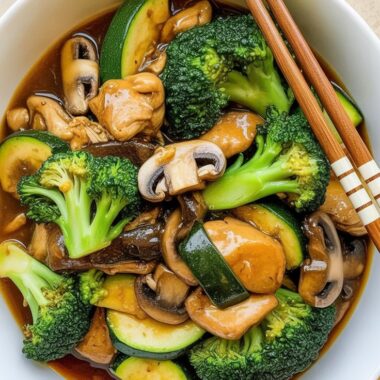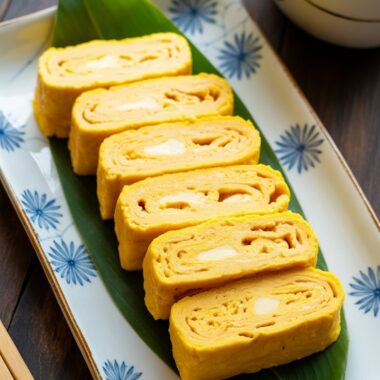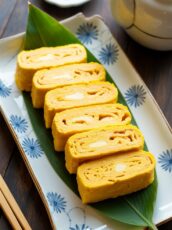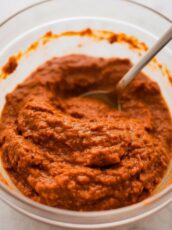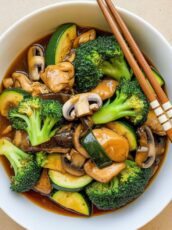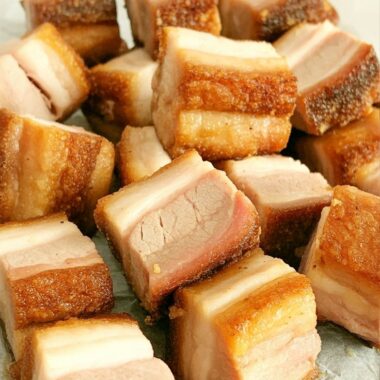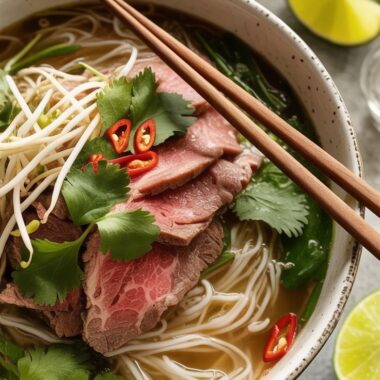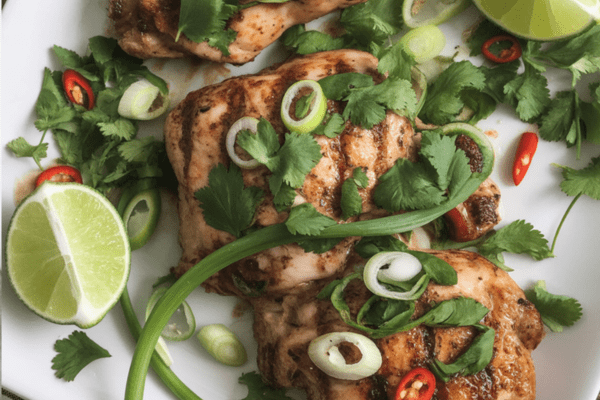This Thai red curry paste is something I’ve been tinkering with for a long time—and when I finally got it just right, it was one of those moments where I stood in the kitchen, spoon in hand, and thought, “Yep. This is it.”
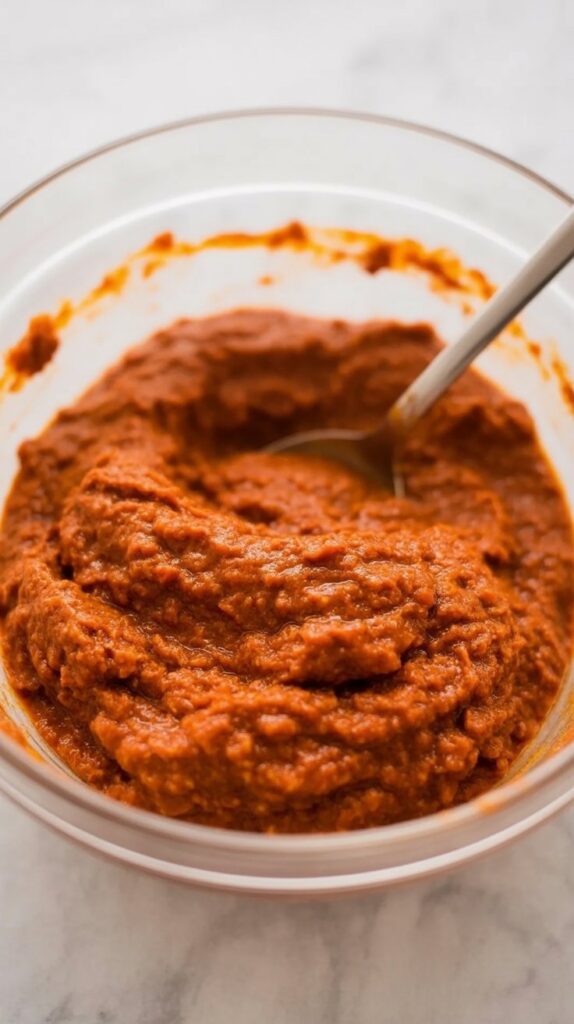
The flavor is bold and fragrant, with just the right amount of heat and that unmistakable richness you only get from a proper homemade paste. It’s perfect for Thai curries, fish cakes, fried rice, and more. And unlike some traditional methods that involve pounding away with a mortar and pestle for what feels like forever, this one’s blender-friendly and totally doable at home.
Why I Make This Instead of Buying the Jarred Stuff
I used to rely on the store-bought pastes because they’re convenient, but they always tasted a bit… flat. Either they were too salty, too oily, or lacked that complex kick I craved. One day, I decided to try making my own from scratch, and I’ll be honest—it was a bit of a mess the first time. Dried chilies everywhere, galangal chunks that refused to break down, and a paste that tasted more like mulch than curry.
But over time (and a lot of curry dinners later), I figured out what worked for me. This version hits that sweet spot—it’s packed with flavor, smooth in texture, and just spicy enough to wake up your taste buds without overwhelming them.
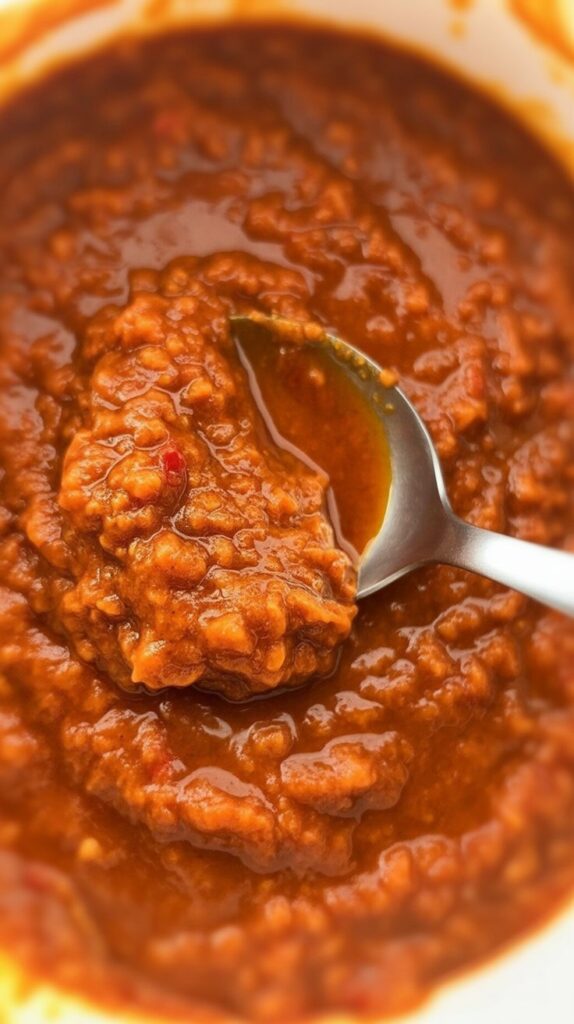
What You’ll Need for This Paste
You might need a quick trip to your local Asian grocery store, but trust me—it’s worth it. Here’s what I use and why:
Dried Red Chilies
These are the soul of the paste. I chop them up and soak them in hot water before blending. This softens them up and also lets the seeds shake loose—less heat, more control. Using fresh chilies just doesn’t give the same earthy, deep flavor.
Galangal
Looks like ginger, but it’s firmer and citrusy. It can be tough to blend, so I always grate it first—even if I’m using my high-powered blender. If you can’t find galangal, use ginger plus a bit of lime zest. It’s not identical, but it works in a pinch.
Lemongrass
Peel away the tough outer layers and just use the tender white core. I slice it thinly so it blends smoothly.
Shallots & Garlic
These give a mellow base flavor. I use the small red shallots when I can find them—they’re slightly sweet and perfect for curry pastes.
Cilantro Roots or Stems
If you can get your hands on cilantro roots, they add a punch of flavor that’s hard to beat. If not, go with a handful of stems.
Kaffir Lime Zest or Leaves
A bit of zest from a kaffir lime gives a lovely floral note. You can use regular lime zest if that’s what you’ve got.
Shrimp Paste in Oil
Here’s where it gets interesting. Instead of the traditional dried shrimp paste that comes in blocks, I use the kind that comes in a jar with oil. It blends better and gives the paste a richer mouthfeel. I stumbled on this trick while trying to replicate restaurant-style curries at home—and I’ve stuck with it ever since.
How I Make the Paste
After all that prep, the actual process couldn’t be simpler:
- Soak the Chilies
Chop the dried chilies and soak them in just-boiled water for about 20 minutes. Drain and set aside. - Prep Everything Else
Grate the galangal, trim the lemongrass, and chop up the shallots, garlic, and cilantro stems. - Blend
Add everything to your blender—including the shrimp paste and a splash of the chili soaking water—and blend until smooth. This can take 30 seconds or more, depending on how strong your blender is. If it’s not coming together, add a bit more liquid, a teaspoon at a time.
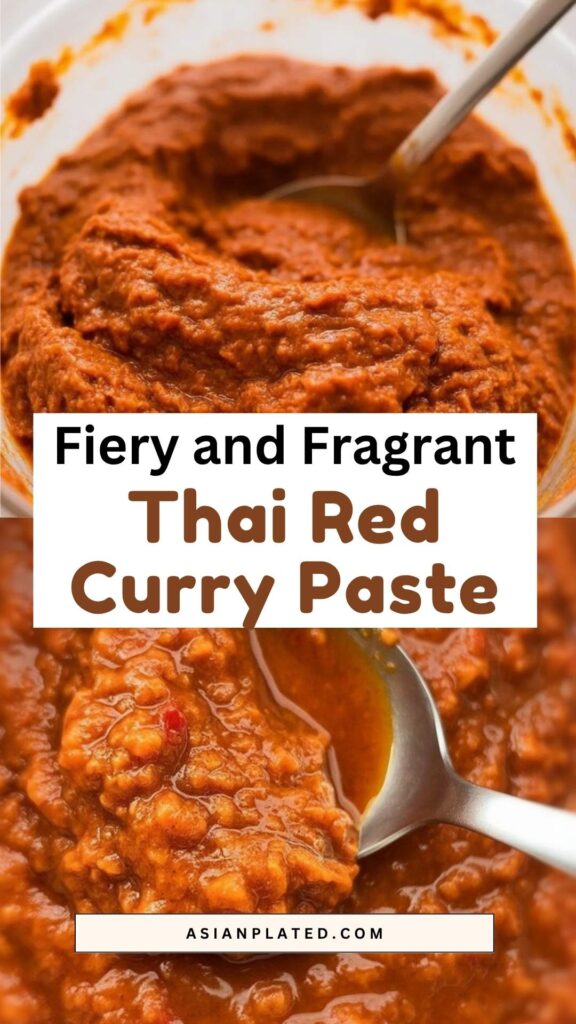
Texture Tips
If your blender isn’t high-powered, don’t worry. Just grate anything tough (like galangal and lemongrass), and slice the other ingredients small. You’ll still get a smooth paste without overheating your motor.
I’ve also learned not to overcrowd the blender. Sometimes I make this paste in two batches and then stir them together in a bowl. It’s a bit of a workaround but worth it for a silky texture.
How I Use It
This paste isn’t just for curry! Here are a few of my favorite ways to put it to work:
- Thai Red Chicken Curry — Simmered with coconut milk, chicken thighs, and vegetables.
- Thai Fish Cakes — Just a spoonful mixed with fish and herbs makes a huge difference.
- Stir-Fried Veggies — A quick hit of flavor for plain greens or tofu.
- Spicy Fried Rice — Mix a little paste into the rice while stir-frying for instant flavor.
Once, I even stirred it into a creamy coconut noodle soup just to see what would happen—and it was an absolute hit. The kind of comforting, bold flavor that makes you go back for a second bowl without thinking.
Storage Tips
I usually double or triple this recipe and freeze it in small portions—ice cube trays are great for this. Once frozen, I pop the cubes into a zip-top bag and just grab what I need. It lasts for a couple of months in the freezer and about a week in the fridge.
If I’m planning to cook a lot of Thai food in one week (which happens more often than I care to admit), I’ll keep a small jar in the fridge and use it up as I go.
Final Words
If you’ve only ever used store-bought curry paste, making your own might feel a bit intimidating at first—but once you taste the difference, there’s no going back. This Thai red curry paste has become a staple in my kitchen, not just for curry but for any dish that needs a hit of bold, aromatic flavor.
Try it once, tweak it to your liking, and make it your own. That’s the beauty of cooking—it gets better every time you do it.
Thai Red Curry Paste
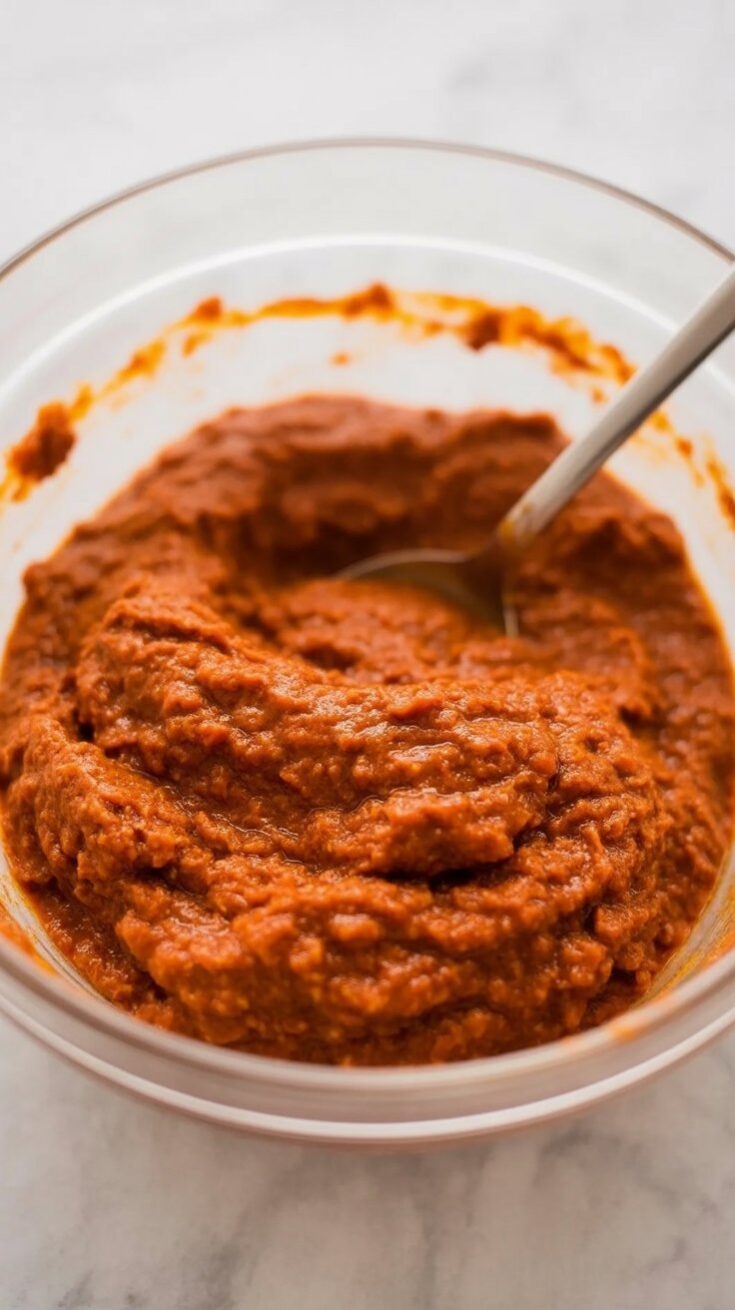
Fragrant, bold, and brimming with authentic Thai flavor—this homemade red curry paste is your shortcut to restaurant-quality Thai curries at home.
Ingredients
- 4 garlic cloves, peeled
- 1 tbsp grated galangal (peeled)
- 2 tbsp lemongrass, sliced (remove tough outer layers)
- 1 tbsp chopped fresh coriander stems and roots
- 2 red shallots, peeled and roughly chopped
- 1 tbsp shrimp paste in oil
- 1 tsp lime zest
- ½ tsp ground cumin
- ½ tsp ground coriander
- 16 dried red chilies, chopped into small pieces, seeds mostly removed
- ¼ cup of reserved chili soaking water
Instructions
- Start by soaking the dried red chilies in freshly boiled water. Add enough to fully submerge (about 3 cups), and let them sit for around 30 minutes until softened. Once soaked, scoop them out and keep about ¼ cup of the soaking water aside.
- Transfer the softened chilies to a high-speed blender. Add in all the remaining ingredients along with the reserved soaking water.
- Blend everything together on high until the paste is smooth and cohesive. Depending on your blender’s strength, this may take 20–60 seconds. If needed, add a splash more water to help things along. You’ll know it’s ready when the paste feels smooth when rubbed between your fingers.
- Scrape the finished paste into a clean jar or airtight container. It can be stored in the fridge for up to 3 days, or frozen for longer-term use.
- Use this paste in your favorite Thai recipes, especially red curry. It also adds incredible depth to soups, stir-fries, and marinades.
Notes
- Chilies: The heat level of dried chilies can vary, so always taste one before using. For a milder paste, use fewer chilies or remove all the seeds.
- Galangal: Harder and more citrusy than ginger, galangal adds depth. If you can’t find it, substitute with ginger and extra lime zest.
- Shrimp Paste: If unavailable in oil form, you can substitute with belacan or similar fermented shrimp pastes—just crumble and toss it into the blender.
- Coriander Stems: These bring a gentle herbal note. If you find coriander with roots, even better—clean them well and use.
Nutrition Information:
Yield: 1 Serving Size: 1Amount Per Serving: Calories: 605Total Fat: 22gSaturated Fat: 3gTrans Fat: 0gUnsaturated Fat: 17gCholesterol: 46mgSodium: 1846mgCarbohydrates: 91gFiber: 15gSugar: 46gProtein: 25g
Asianplated.com, occasionally offers nutritional information for recipes contained on this site. This information is provided as a courtesy and is an estimate only. This information comes from online calculators. Although allchickenrecipes.com attempts to provide accurate nutritional information, these figures are only estimates.
Try other Thai recipes:

